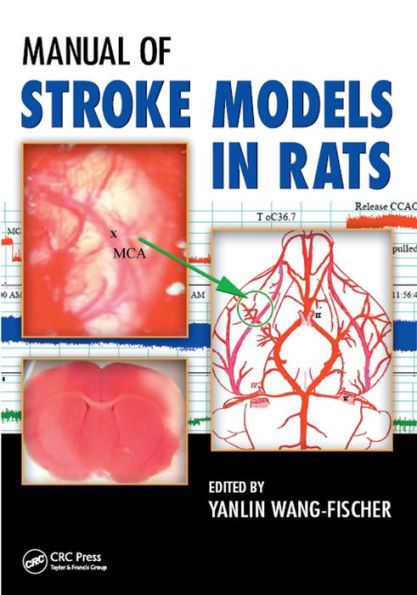During the last few years, exciting new insights into mechanisms and treatment of stroke have been obtained from animal experiments. Hence, the use of animal models to induce stroke are of paramount importance as research tools. While a few articles on this topic have been published in select journals, until now there has not been a systematic tech
1128478666
Manual of Stroke Models in Rats
During the last few years, exciting new insights into mechanisms and treatment of stroke have been obtained from animal experiments. Hence, the use of animal models to induce stroke are of paramount importance as research tools. While a few articles on this topic have been published in select journals, until now there has not been a systematic tech
190.0
In Stock
5
1

Manual of Stroke Models in Rats
352
Manual of Stroke Models in Rats
352Related collections and offers
190.0
In Stock

From the B&N Reads Blog
